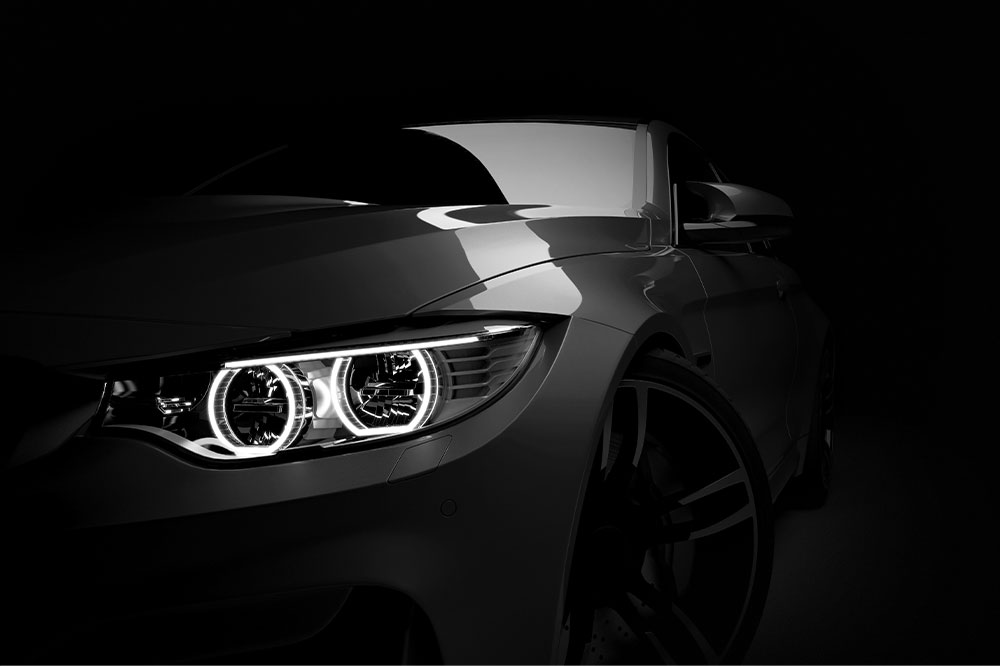Choosing the appropriate used BMW with additional technological perks
While sourcing the market for the pre owned BMW, there are things that a buyer should potentially look for before investing into it. Since there is a surplus of choice types available in the BMW brand, it would be helpful for the buyer to fix on what type of car they would like to buy and what purpose they want it to serve. BMW offers a range of reliable cars and some of those vehicle categories are:

- BMW X5 and BMWX3: These models are a perfect fit for family cars as they are reasonably priced SUVs that have good fuel economy as well as large and spacious, and not to forget their sophisticated design.
- BMW 3 Series: This series is sport series and is also available as a convertible. They perform with great agility and have a hep interior to go with the power.
- BMW 1 Series: This hatchback series is cheaper in comparison to other used BMWs and are yet smooth performers on the road. They are comfortable for both the family and the drive.
- BMW 5 Series: This series of cars are the epitome of luxury and are commonly referred to as “estate cars” as they are not only long and spacious but also ones that have made a mark in the history of BMW cars.
Once a buyer has fixed on the model of pre owned BMW that they would like to buy, the next step would be to check the technology update that is unique to BMWs. Some of those mechanical components would include:
- Efficient Dynamics: A standard feature in all BMWs, aids in fuel efficiency, and reduce carbon-dioxide emission without compromising the car’s dynamics or smooth drive.
- Steptronic: Commonly referred to as “step auto”, is specifically designed by BMW to enable dynamic gear shifting in the auto-transmission models just like shifting gears in the manual transmission. This effect and mechanism is controlled through the paddles built into the steering wheel.
- xDrive system: A mechanical all-drive wheel system that adaptively distributes the driving power between the front and the rear axles based on the terrain and driving conditions.
Disclaimer:
The content provided on our blog site traverses numerous categories, offering readers valuable and practical information. Readers can use the editorial team’s research and data to gain more insights into their topics of interest. However, they are requested not to treat the articles as conclusive. The website team cannot be held responsible for differences in data or inaccuracies found across other platforms. Please also note that the site might also miss out on various schemes and offers available that the readers may find more beneficial than the ones we cover.




